
How to Trap a Small Lizard. In hot climates, lizards can be seen basking on fences and rocks, scampering across roads and driveways, and getting into people's houses. Trapping and catching lizards is easy, and the same techniques can be applied to large and small lizards. Small lizards are faster than larger ones, however, so you will need good reflexes and will have to be well prepared. You can use these methods to catch a runaway pet lizard or to remove a wild one from your house. There are many different ways to catch lizards. Let your needs and environment dictate the method you choose.
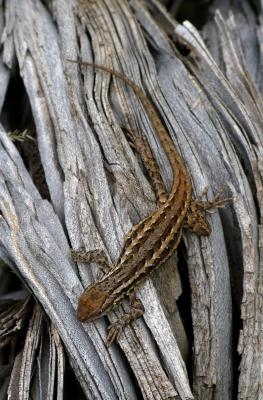
Select a time to approach basking lizards. Lizards are cold blooded and are fastest when the air temperature is warm or when the perch they have chosen has been soaking up heat for many hours. You will have your best luck catching a lizard if you make your attempt in the early morning, around sunrise. This is when lizards first come out to bask and have a slower reaction time.
Approach the lizard slowly and quietly. Avoid sudden movements, and do not approach from a direction that causes your shadow to fall across the lizard or into its field of vision. Small lizards are always watchful for danger. In order to successfully catch a lizard, you must appear to be part of the environment rather than a predator.
Extend your arms rapidly and make a cup over the lizard with your hands. Press down hard with the edges of your hands, leaving no gaps for the lizard to escape. Leave space beneath your cupped hands so that you do not crush the lizard.
Scoop the lizard off of its perch into your hands. Do this gently, as the bodies of small lizards are fragile. Bend your index finger and hold the lizard carefully between it and your thumb, putting slight pressure on the abdomen and letting its arms grasp your thumb. This is a secure and gentle holding position that prevents the lizard from struggling, biting or escaping.
Transfer the lizard to a safe holding tank. Make sure you have a lid ready before releasing the lizard from the holding position, as it may attempt to climb your arm and escape.

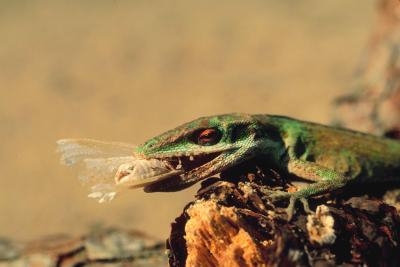 How to Tell the Gender of an Anole
How to Tell the Gender of an Anole
How
How to Tell the Gender of an Anole
How to Tell the Gender of an Anole
How
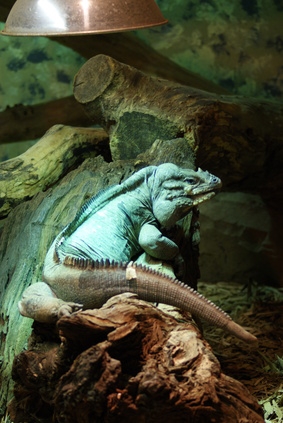 List of Reptiles that have Spikes on their Tails
List of Reptiles that have Spikes on their Tai
List of Reptiles that have Spikes on their Tails
List of Reptiles that have Spikes on their Tai
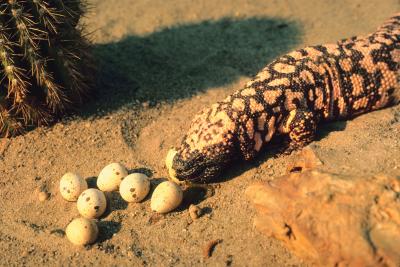 How to Figure Out What Species My Lizard Is?
How to Figure Out What Species My Lizard Is?
How to Figure Out What Species My Lizard Is?
How to Figure Out What Species My Lizard Is?
 Which Lizards Are Native to Alabama?
Which Lizards Are Native to Alabama?
W
Which Lizards Are Native to Alabama?
Which Lizards Are Native to Alabama?
W
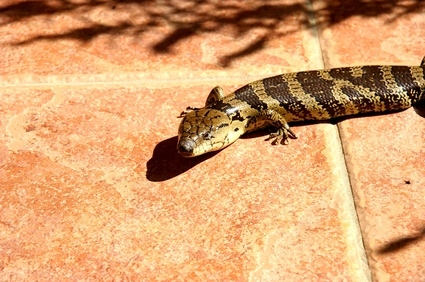 How to Tell If a Blue-Tongued Lizard Is Male or Female
How to Tell If a Blue-Tongued Lizard Is Male o
How to Tell If a Blue-Tongued Lizard Is Male or Female
How to Tell If a Blue-Tongued Lizard Is Male o
Copyright © 2005-2016 Pet Information All Rights Reserved
Contact us: www162date@outlook.com